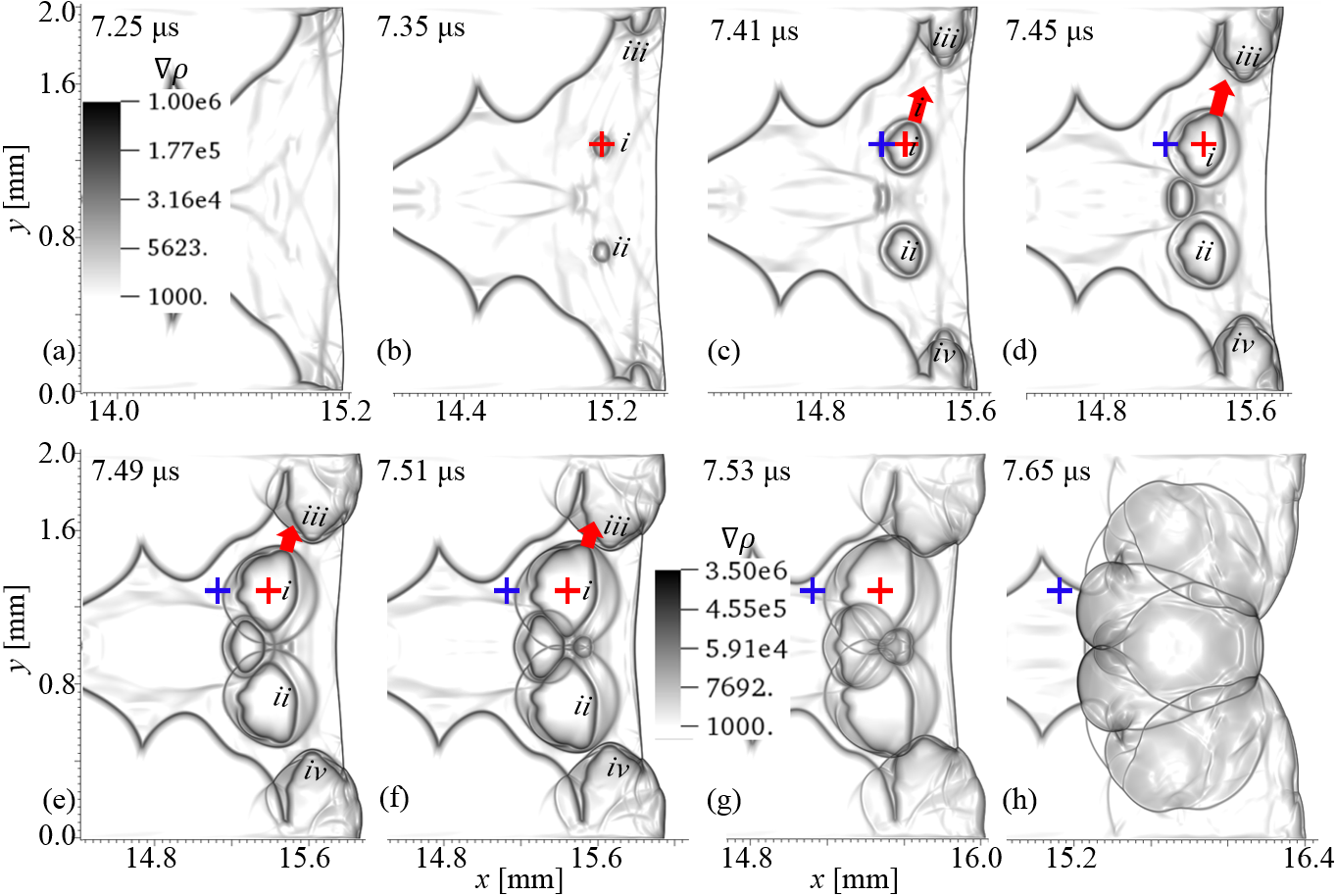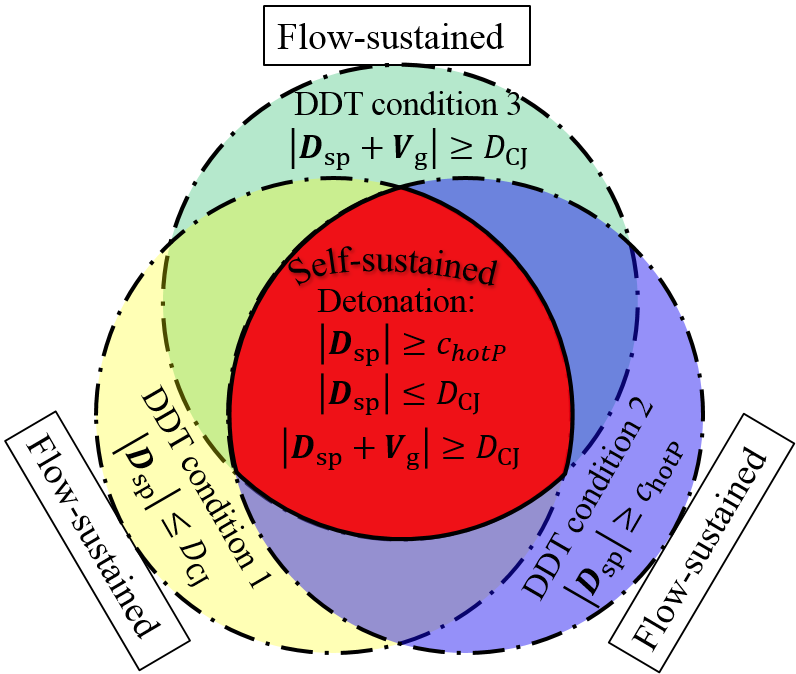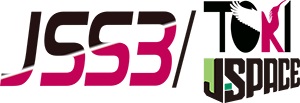Numerical investigation of combustible flows using the adaptive mesh refinement (AMR)
JAXA Supercomputer System Annual Report April 2019-March 2020
Report Number: R19EACA35
Subject Category: JSS2 Inter-University Research
- Responsible Representative: Edyta Dzieminska, Sophia University
- Contact Information: Tang Xinmeng, Sophia University(simondonxq@gmail.com)
- Members: Edyta Dzieminska, Koichi Hayashi, Xinmeng Tang, Wataru Koido
Abstract
This research is to develop a 3D program with generalized coordinate system, that provides a flexible, efficient, accurate and have a compatible detailed chemical reaction system, for combustion and detonation issues. This program simulates combustion flows (especially combustion of hydroxygen mixture) numerically by AMR and we can understand further details of combustible features, flame propagation and DDT. As a result, a further fundamental structure of combustion flows would be revealed.
Reference URL
N/A
Reasons and benefits of using JAXA Supercomputer System
MPI and supercomputer are necessary for the numerical calculations of combustible flows in 2D and 3D physical models as it spends a lot of CPU cost. On one hand, the timestep is usually very small due to the high pressure and high pressure which results in a high local sonic speed. This timestep is usually of a range of 1 or 1/10 nanosecond. On the other hand, the requirement of high resolution results in a big grid quantity even with AMR. These make the simulation in 2D or 3D large-scale calculations. Therefore, the supercomputer would be necessary for use to perform such a research. Without it, we cannot get a valid CFD result.
Achievements of the Year
1. Numerical investigation of three wave speed relations as deflagration-to-detonation transition conditions that inherited to detonation waves (to be submitted)
2. Adaptive mesh refinement methodology is assembled onto General curvilinear system in order to do AMR simulation for complicated non-rectangular shapes and models.

Fig.1: Sequence of key events in a DDT process from conception of hot spot to triggering of detonation.

Fig.2: Three flow-sustained relations of a spontaneous reaction wave which are essential conditions in a DDT process for onset of detonation. They are inherited to the detonation and become self-sustained.
Publications
N/A
Usage of JSS2
Computational Information
- Process Parallelization Methods: MPI
- Thread Parallelization Methods: Automatic Parallelization
- Number of Processes: 32 – 320
- Elapsed Time per Case: 500 Hour(s)
Resources Used
Fraction of Usage in Total Resources*1(%): 0.02
Details
Please refer to System Configuration of JSS2 for the system configuration and major specifications of JSS2.
| System Name | Amount of Core Time(core x hours) | Fraction of Usage*2(%) |
|---|---|---|
| SORA-MA | 167,787.60 | 0.02 |
| SORA-PP | 3,817.08 | 0.02 |
| SORA-LM | 5.58 | 0.00 |
| SORA-TPP | 0.00 | 0.00 |
| File System Name | Storage Assigned(GiB) | Fraction of Usage*2(%) |
|---|---|---|
| /home | 19.07 | 0.02 |
| /data | 190.73 | 0.00 |
| /ltmp | 3,906.25 | 0.33 |
| Archiver Name | Storage Used(TiB) | Fraction of Usage*2(%) |
|---|---|---|
| J-SPACE | 0.00 | 0.00 |
*1: Fraction of Usage in Total Resources: Weighted average of three resource types (Computing, File System, and Archiver).
*2: Fraction of Usage:Percentage of usage relative to each resource used in one year.
JAXA Supercomputer System Annual Report April 2019-March 2020


